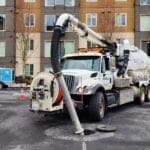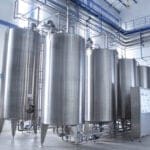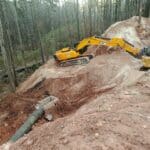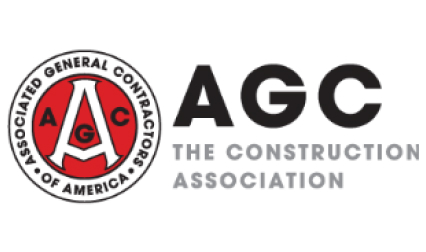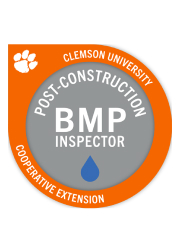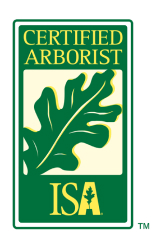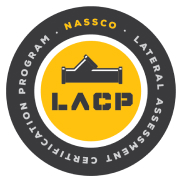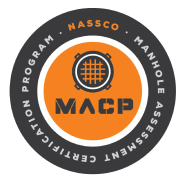Storm Sewers
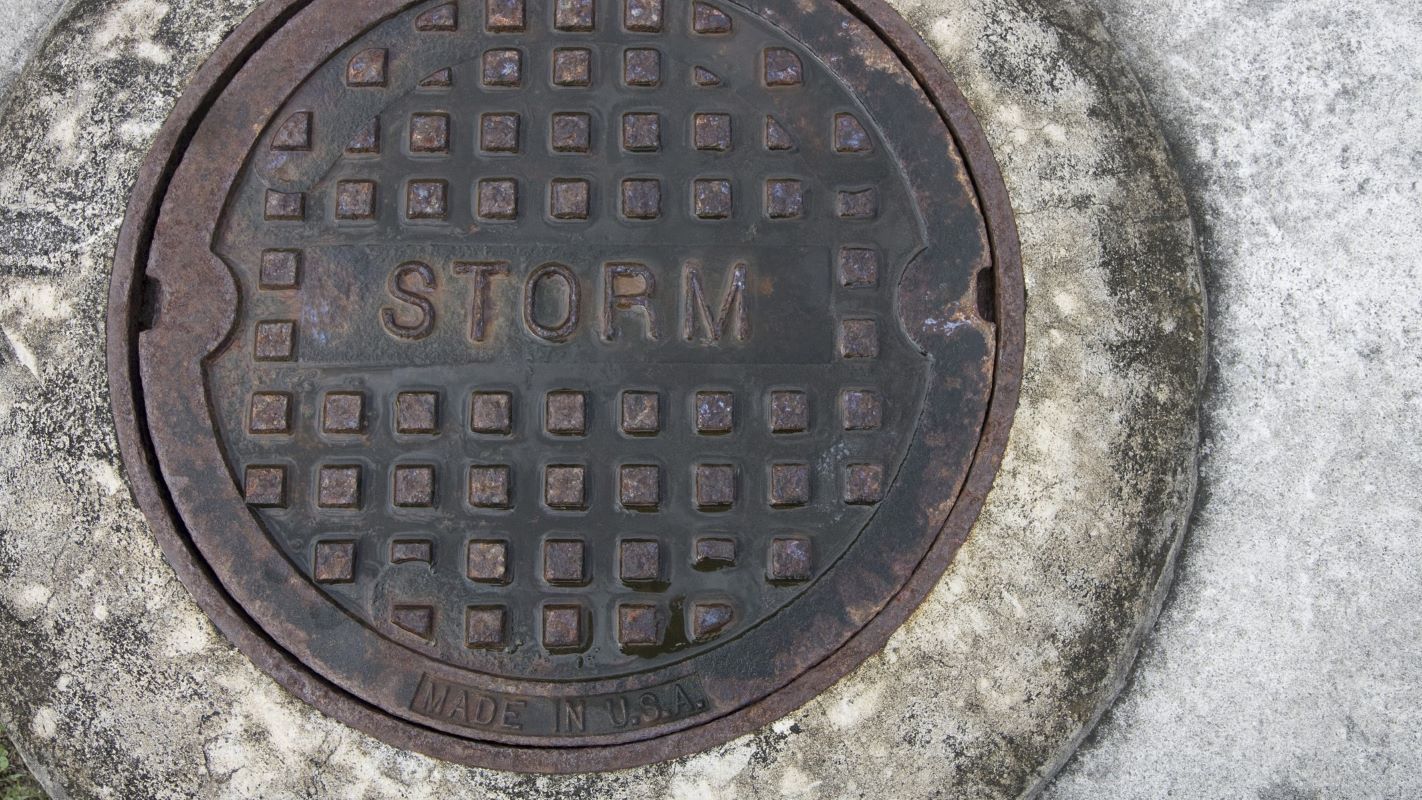
What are Storm Sewers
Storm sewers or stormwater pipelines convey stormwater runoff underground. Stormwater that cannot absorb into the ground flows through downstream stormwater control measures, like storm sewers, collecting the runoff and reducing flooding. Usually, these SCMs deposit filtered rainwater into recreational waters like rivers, lakes or oceans. Because this water does not receive chemical treatment to remove pollutants, it is crucial the stormwater is filtered using SCMs.
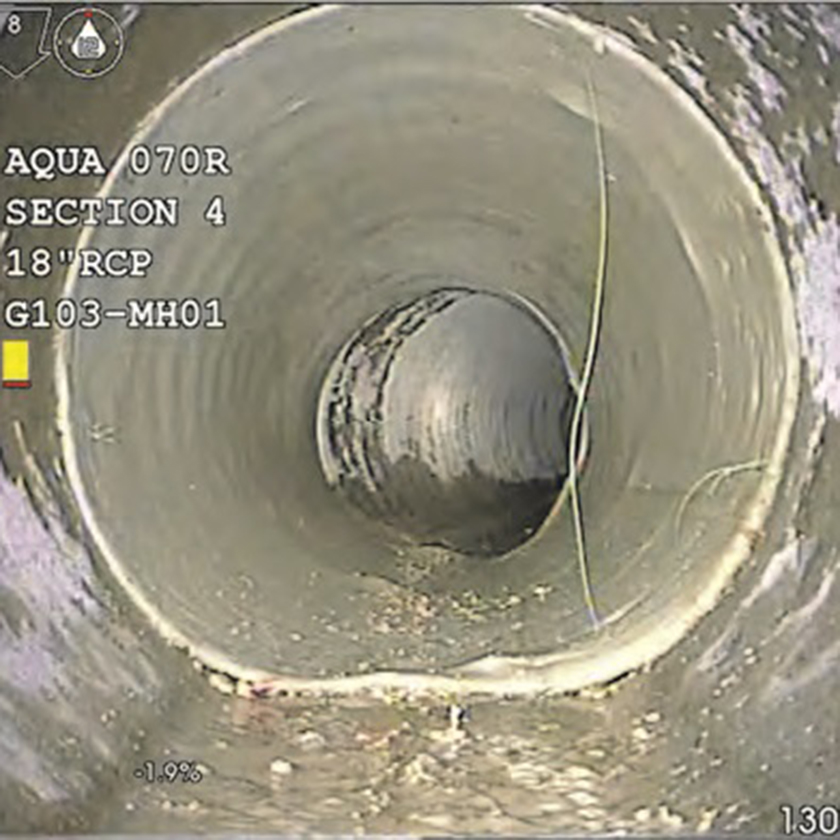
Types of Storm Sewers
There are three types of sewers: combined sewers, storm sewers and wastewater sewers. Wastewater sewers are connected to homes and businesses, removing grey water and transporting it to the treatment plant. Storm sewers deposit rainwater into other bodies of water. Combined sewers collect both stormwater and wastewater, and the combined water is treated at treatment plants. During rain events, combined sewers may experience overflows, where the polluted mixture of storm and wastewater is dumped into recreational waters to reduce capacity at the treatment plants. These overflows are extremely harmful to the environment and human health. To combat this, municipalities and the federal government utilize stormwater control measures to store and treat stormwater, reducing its impact on wastewater treatment plants.
Storm Sewer Failures
Over time and due to external forces, pipelines fail. Here are some of the most common causes
Disjointing
Inflow & Infiltration
Sinkholes
Clogged Pipes
Corroded Pipes
Broken or Cracked Pipeline
Root Infiltration
Overflowing Sanitary System
Mechanical Malfunctioning
Joint Separation
Grouting Deterioration or Failure
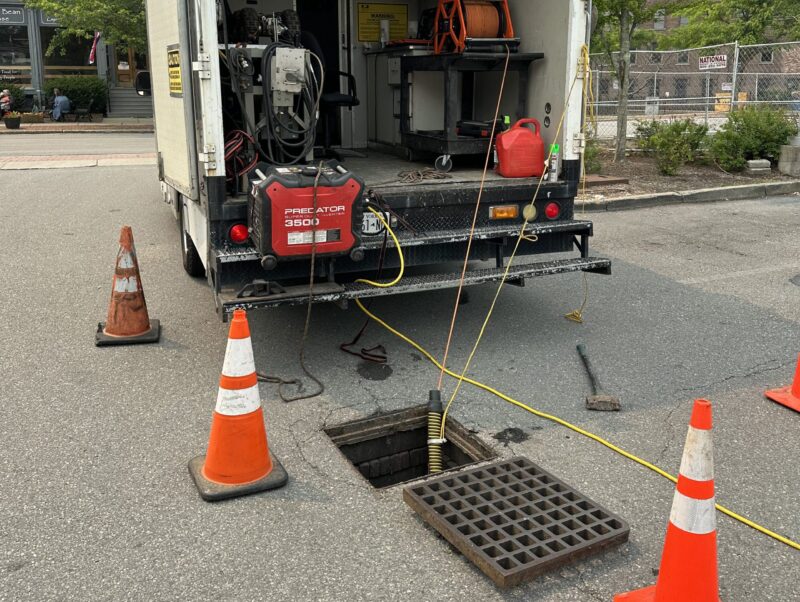
Learn more about how CCTV is used to find the root cause of wastewater issues.

Learn more about how CCTV is crucial for maintaining, inspecting and repairing underground infrastructure.
Pipeline Repairs
The severity of the failure determines what type of repair will be most appropriate. AQUALIS specializes in trenchless, non-invasive storm sewer repairs to reduce disruptions.
- Injection grouting
- Chemical grouting
- Slip lining
- Cured in place pipe
- Spin casting or spray casting
Regularly inspecting pipelines ensures you are aware of the health of your system. Understanding the issues your pipes face can help you prioritize maintenance and repairs while staying on budget.
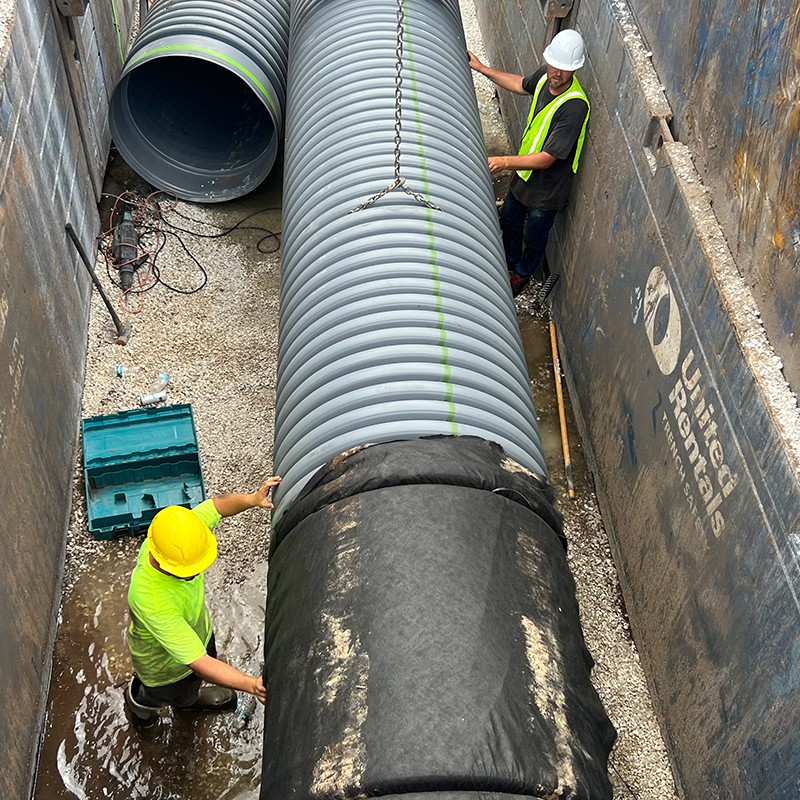
Prolong The Life of Your Stormwater System
AQUALIS offers comprehensive maintenance and regular servicing solutions tailored to your property to ensure your stormwater systems operate correctly while extending the life of your investment and avoiding costly NOVs.
Systems We Maintain
Vegetated system designed to hold a permanent volume of water at all times with extra capacity for rain events
Vegetated system designed to hold temporary volumes of water during and following a rain event
Vegetated system designed with specific water quality and quantity aspects to channel runoff while promoting infiltration
Vegetated system designed with highly permeable soils that facilitate infiltration and groundwater recharge
Devices installed at pipe or channel outfalls that convert high-velocity channelized flow into diffused sheet flow for infiltration and removal of particulate pollutants
Outfalls are the drainage or discharge point of a stormwater system. They are designed to convey water away from urban areas.
Underground storage for collecting stormwater. Vaults have a storage capacity that regulates the flow of stormwater as it continues further downstream and off property.
These assets are collection points that allow stormwater runoff to enter stormwater assets where the water can be stored.
Underground infrastructure, also called pipelines, that convey stormwater from one place to another.
Underground systems that utilize technology and innovations to removal trash, debris, sediment and hydrocarbons from stormwater.
An underground SCM that allows stormwater to infiltrate back into the groundwater rather than another SCM or body of water.
Designed systems often retrofitted into storm sewers with storage and pollutant removal capabilities where aboveground SCM may be costly or unviable.
Combined vs Separated Sewers
There are three types of underground sewers which include Sanitary Sewer System (SSS), Combined Sewer Systems (CSS) and Storm Sewer Systems, sometimes referred to as Municipal Separate Storm Sewer Systems (MS4) when owned and operated by a municipality.
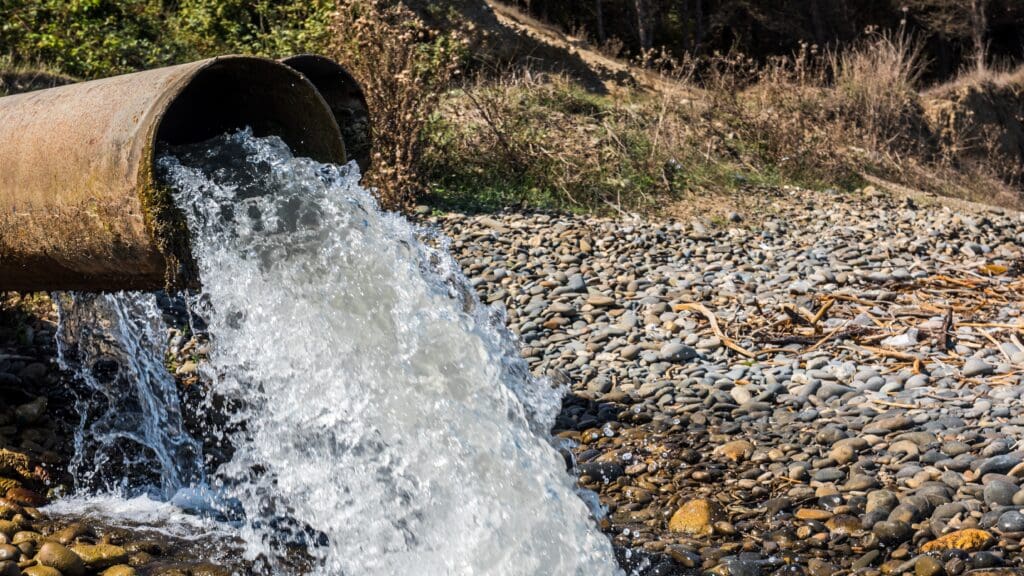
Did you receive an NOV? Have an urgent need? We can help.
Reach out to an AQUALIS representative today.
